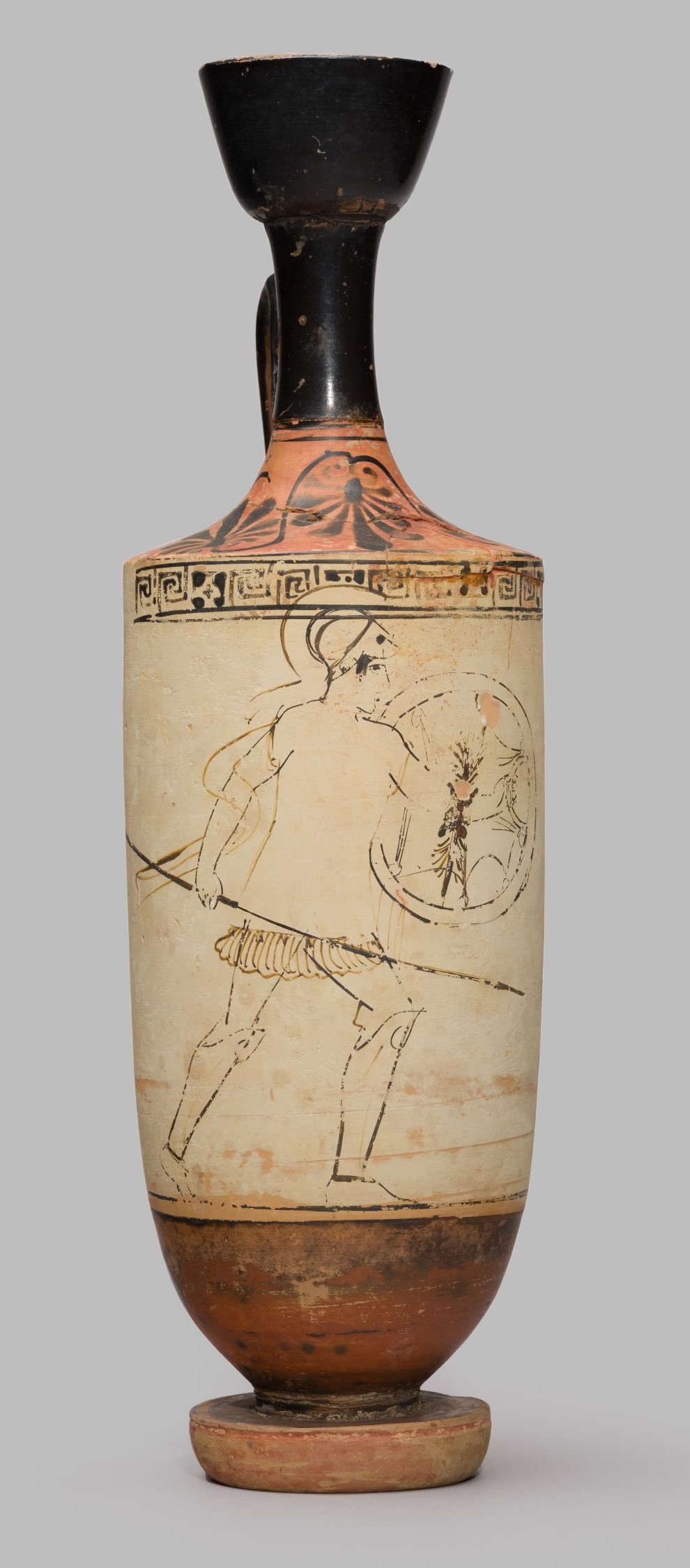

Professor Eric Talbot entered the classroom carrying a hoplite shield and spear. Some walls' remains can be seen today on the sandy beach of Valtaki and in the shallow waters, where the well known Dimitrios shipwreck lies stranded (see previous pictures of the shipwreck, Lost Horizon and Broken Promises). Gytheio is the largest and most important town in Mani and it is also the seat of the municipality of East Mani.Most of the ruins of ancient Gythium are now submerged in the Laconian Gulf. Ferries sail from Gytheio to Kythira almost daily and also to Crete twice a week. The modern Gytheio opened a port in the 1960s. But during the Greek War of Independence, refugees flooded into Mani and made Gytheio a major town. Its importance grew when Tzannetos Grigorakis built his tower at Cranae and more people came and settled at Gytheio. It remained a small village throughout the Byzantine and Ottoman times. After the earthquake Gythium was abandoned. What happened to Gythium is not recorded but it is thought to have been either sacked by Alaric and Visigoths, pillaged by the Slavs or destroyed by the massive earthquake that struck the area in 375 AD. Some time in the 4th century AD, Gythium was destroyed. In Roman times Gythium remained a major port and it prospered as a member of the Union.
#HOPLITE SHIELD GAY FREE#
Subsequently, Gythium formed the most important of the Union of Free Laconians, a group of twenty-four, later eighteen, communities leagued together to maintain their autonomy against Sparta and declared free by Caesar Augustus. Gythium was liberated by a Roman fleet under the command of Aulus Atilius Serranus. Nabis recaptured Gythium three years and the Spartan fleet defeated the Achean fleet outside of Gythium. After the war finished, Gythium was made part of the Union of Free Laconians under Achean protection. During the Roman-Spartan War, Gythium was captured after a lengthy siege. Under Nabis, Gythium became a major naval arsenal and port. In 219 BC, Philip V of Macedon tried to capture the city but without success. However it was recaptured by the Spartans three days later.

In 370 BC, the Thebans under the command of Epaminondas besieged the city successfully for three days after ravaging Laconia.

It was rebuilt and was most probably, the building ground for the Spartan fleet in the Peloponnesian War. In 455 BC, during the First Peloponnesian War, it was burned by the Athenian admiral Tolmides who besieged the city with 50 ships and 4,000 hoplites. The reputed founders of ancient Gythium were Heracles and Apollo, who frequently appear on its coins or in other legends, and Castor and Pollux, the former of these names may point to the influence of Phoenician traders from Tyre, who, we know, visited the Laconian shores at a very early period. Gytheio is only 40 km (25 mi) southeast of Sparti. Offshore are several small islands the most important of these islands is Cranae, which is connected to the mainland by a causeway.

Further northeast is the delta of the Evrotas River. Gytheio was built on a hill called Koumaros or Laryssio in one of the most fertile areas in Mani, near the mouth of the Gythium River, which is usually dry and has been nicknamed Xerias "dry river" today, most of the Xerias is covered by Ermou Avenue. It is located in the northeastern corner of Mani and lies on the northwestern end of the Laconian Gulf.


 0 kommentar(er)
0 kommentar(er)
